| GENERAL DESCRIPTION |
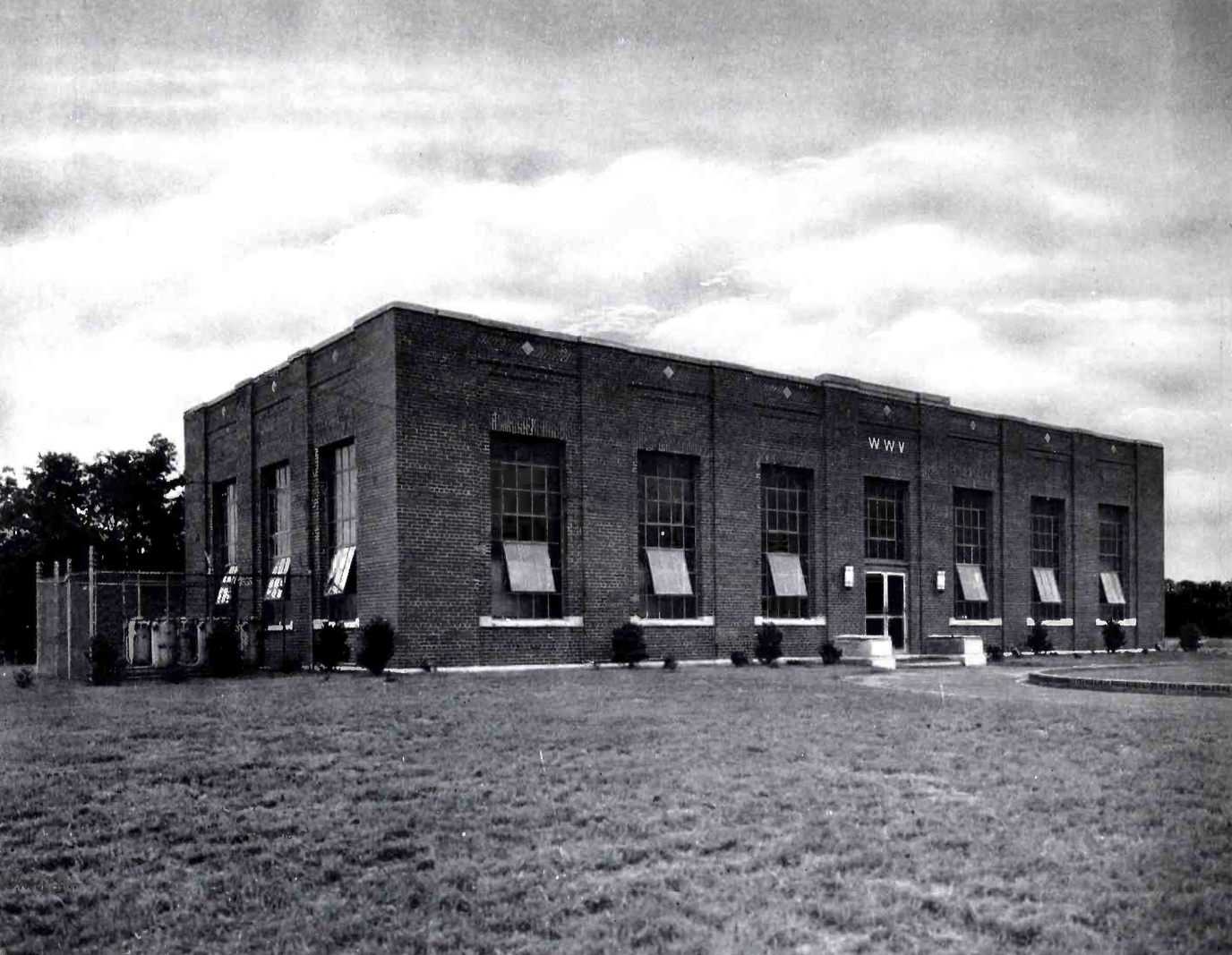
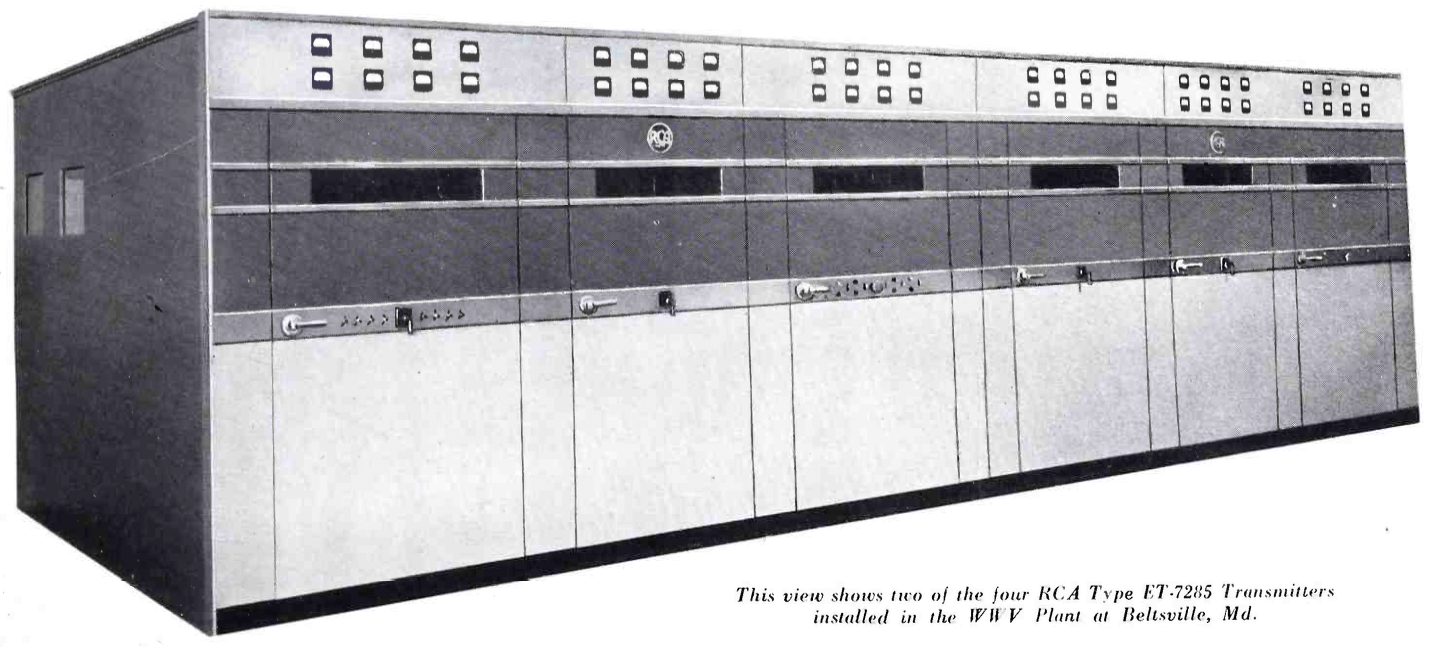
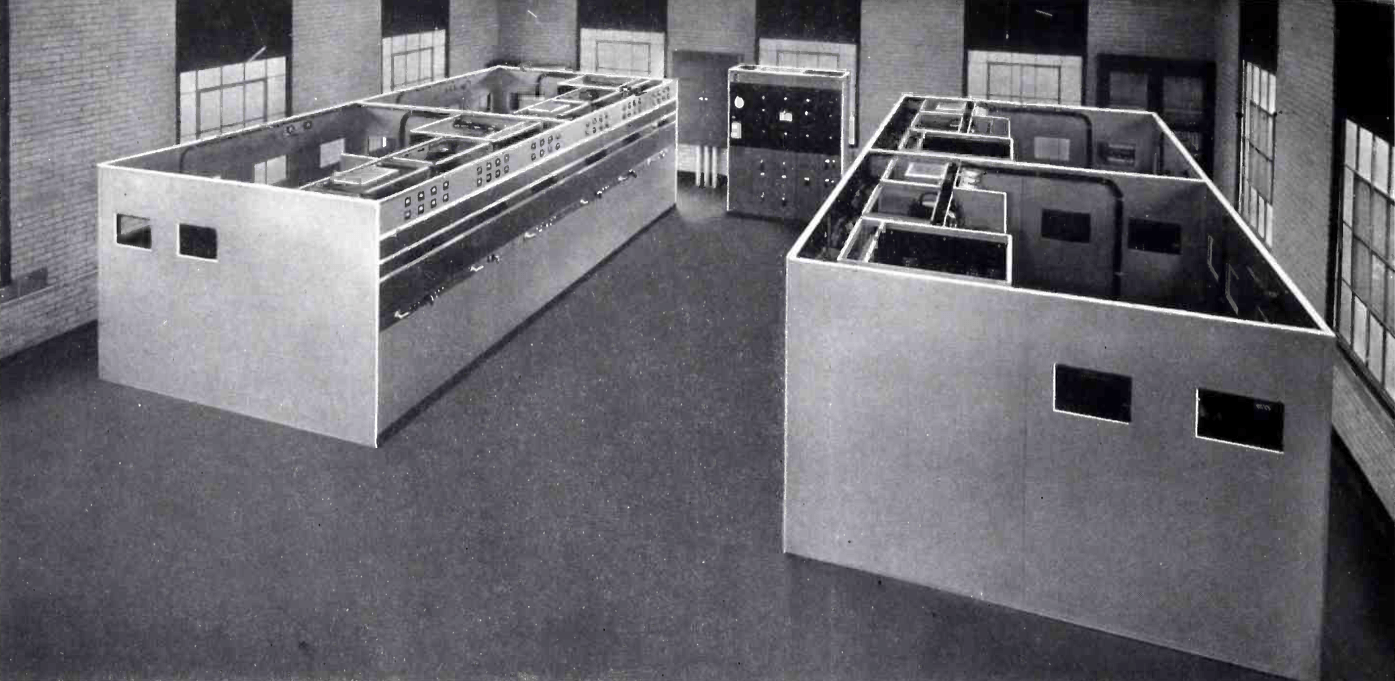
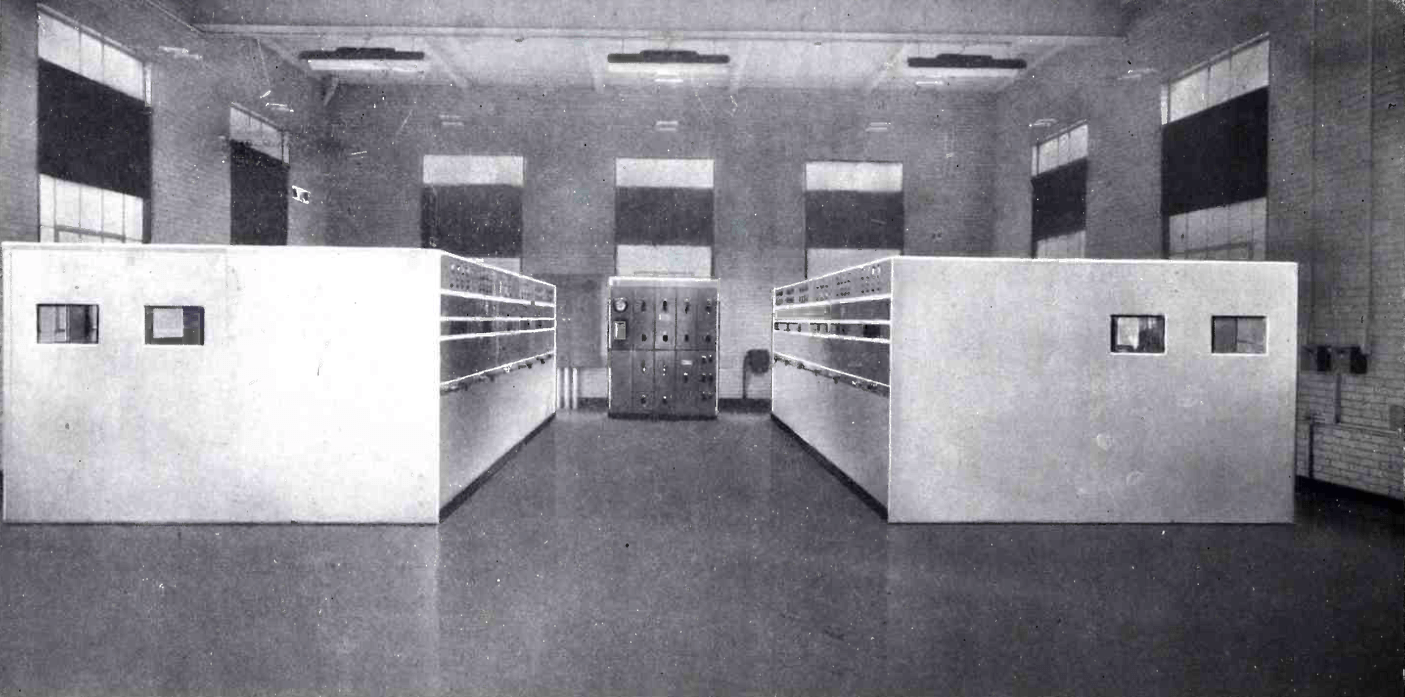
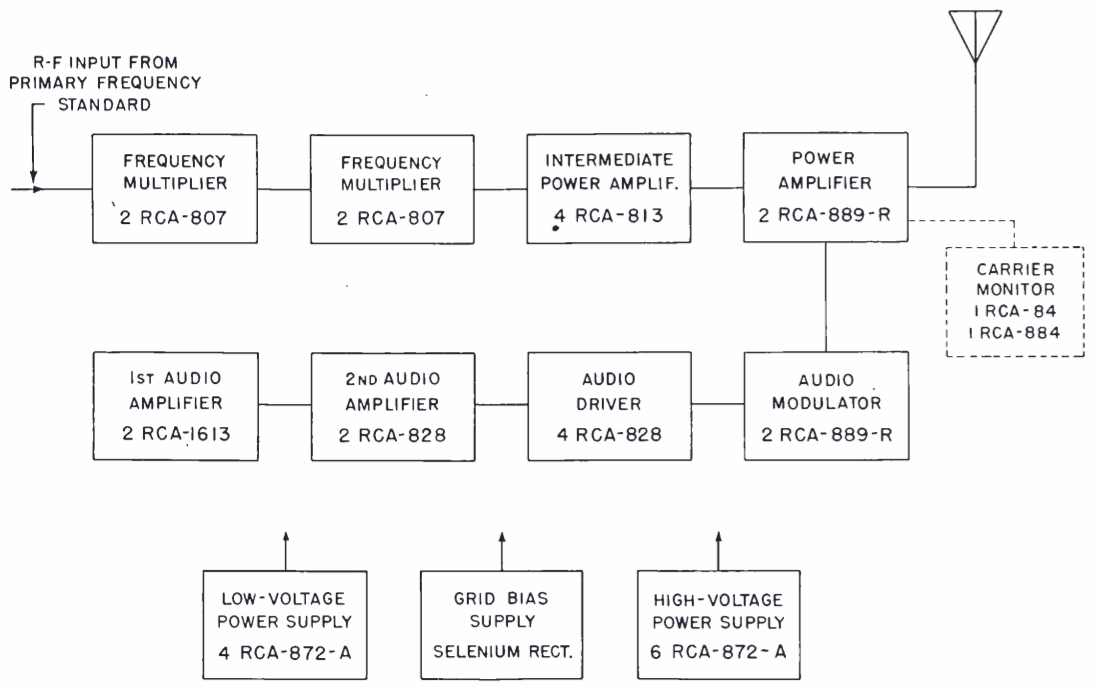
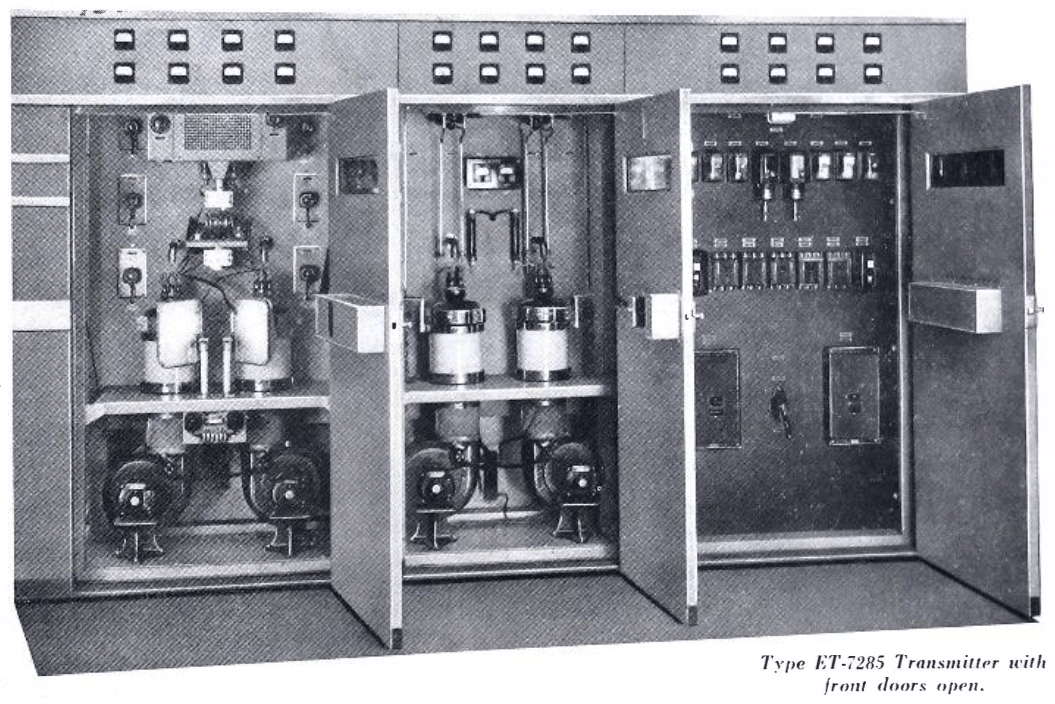
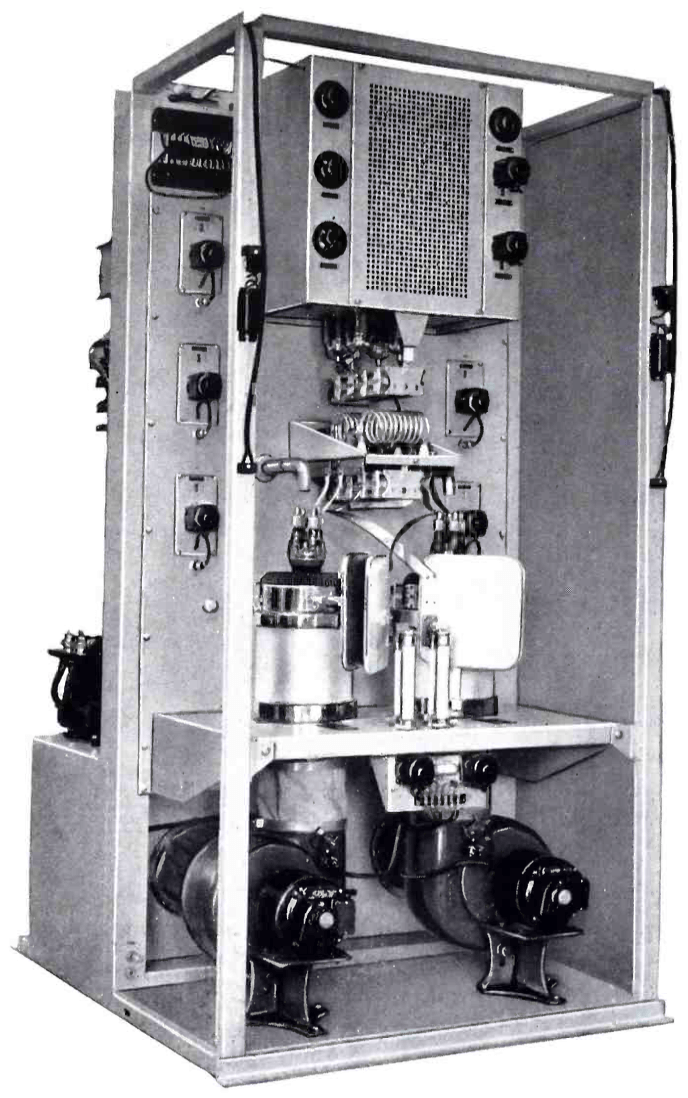 THE RADIO -FREQUENCY PANEL (left)
THE RADIO -FREQUENCY PANEL (left)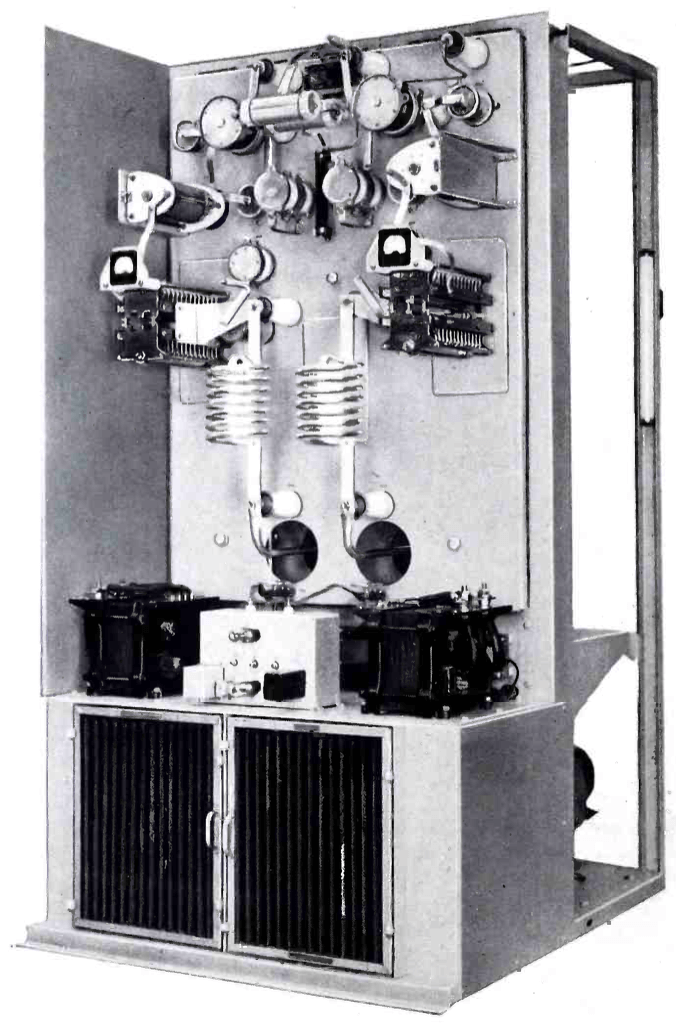 THE POWER OUTPUT PANEL (right)
THE POWER OUTPUT PANEL (right)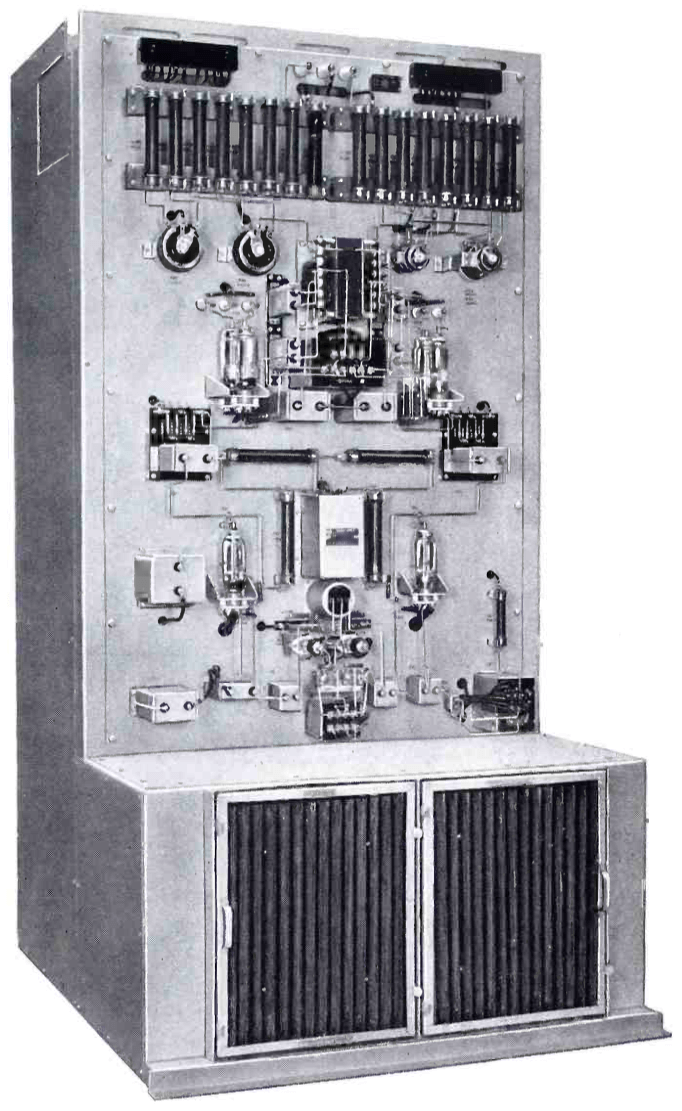 THE LOW POWER AUDIO PANEL (left)
THE LOW POWER AUDIO PANEL (left)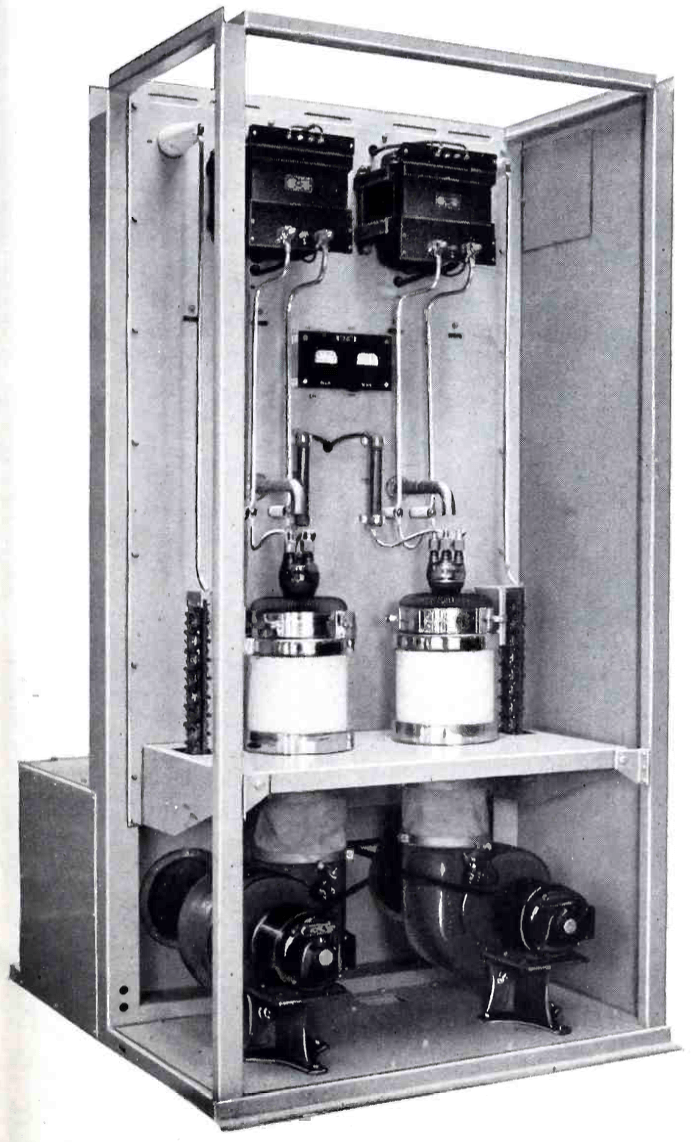 THE MODULATOR PANEL (right)
THE MODULATOR PANEL (right)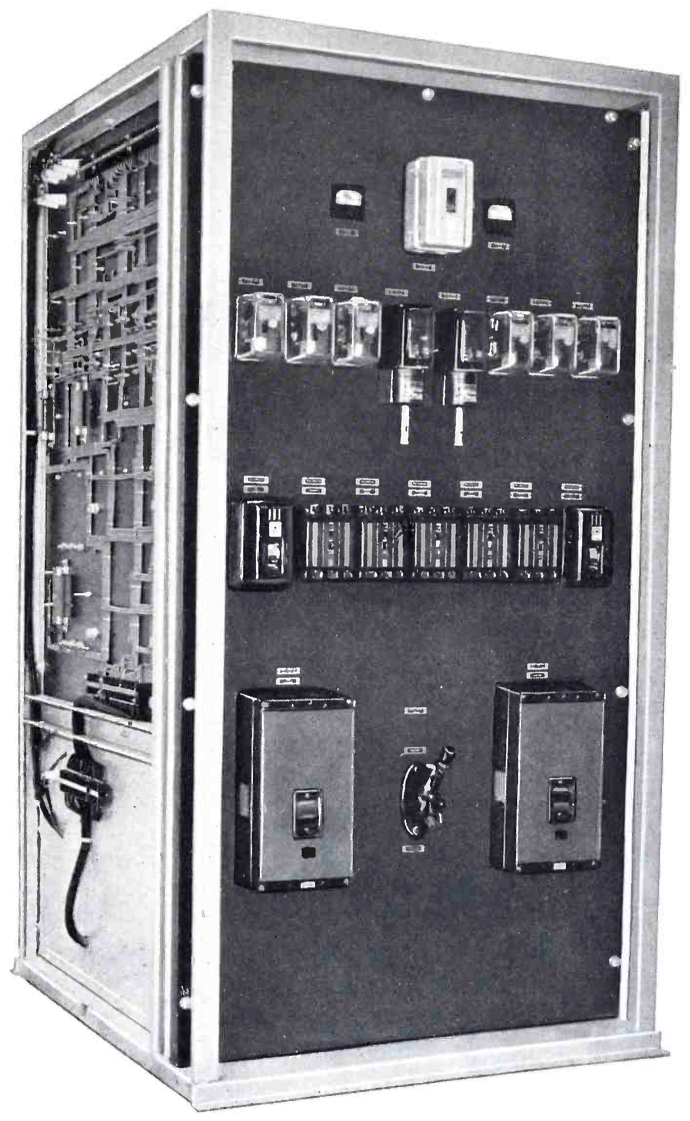 THE CONTROL PANEL (left)
THE CONTROL PANEL (left)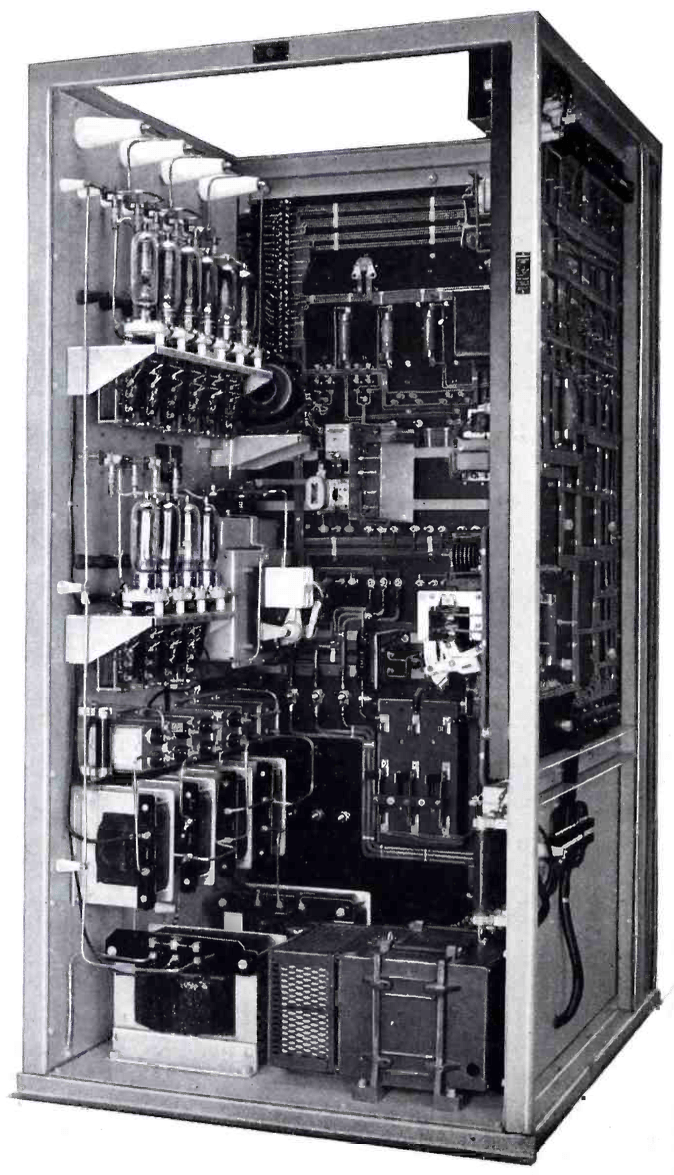 THE RECTIFIER UNIT (right)
THE RECTIFIER UNIT (right)| TUBE COMPLEMENT | |||||
| RF stages | AF stages and modulator | Rectifiers | |||
| Number | Type | Number | Type | Number | Type |
| 2 | 889-R | 2 | 889-R | 10 | 872A |
| 4 | 813 | 6 | 828 | ||
| 4 | 807 | 2 | 1613 | ||
| THIS TYPE OF TRANSMITTER IS INSTALLED IN THE FOLLOWING COUNTRIES | |||||
| ITU | Country | ITU | Country | ||
| USA | USA | ||||